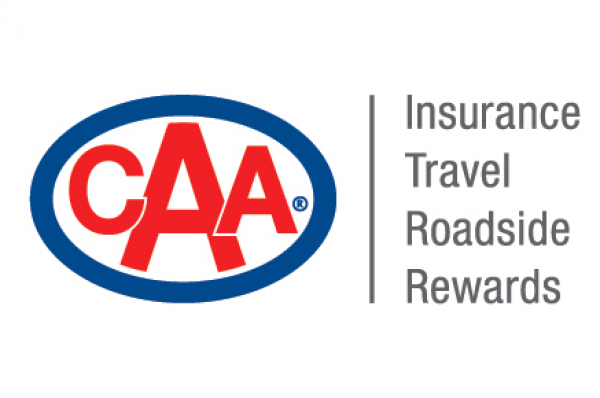Voting is now open to all Manitobans – including pedestrians, transit users and cyclists - to have their say on the province’s “worst road.”
As CAA’s annual Worst Roads campaign begins, the safety-oriented organization encourages Manitobans to vote on more than just potholes.
“Potholes make a road bad; however, our Worst Roads campaign is about so much more,” says Tim Scott, president CAA Manitoba.
Voters who head to the website can vote for a road based on a lack of sidewalks and bike paths, congestion, poor traffic signal timing and more.
“Fixing potholes and regular road maintenance is important,” says Scott. “No matter how Manitobans use their roads, they should be able to do it safely, meaning we need to consider all road infrastructure and traffic issues.”
With that in mind, CAA Manitoba is launching its largest awareness campaign around the issue of poor infrastructure. Voting for the province’s “Worst Road” opens to all Manitobans today.
“Provincial Road 307 in Whiteshell Provincial Park was voted the worst road in 2022. It earned the top spot due to constant winter heaving, poor patching and its tendency to flood nearly every spring. The road was underwater for weeks last year, including when it was announced the ‘winner.’”
While potholes are still top of mind for most CAA Manitoba Members, a new survey shows that 82 per cent of Members believe not enough is being done to maintain roads in their area in general, and 64 per cent believe the roads in their area have become worse over time.
The survey also showed that 53 per cent of Member respondents believe there is a lack of pedestrian access on roads, and 57 per cent cited that a lack of cycling infrastructure is also a significant concern.
However, there have been some notable success stories:
Taylor Avenue and Empress Street
Both streets were constants on CAA Manitoba’s Worst Roads list but have since fallen off. In the past few years, extensive rehabilitation, as well as repairs and replacements for the roads, have been completed.
Empress Street is now home to some of the best-in-city bicycle and active transportation paths that are separated from the road and protect cyclists and drivers alike from harm.
Saskatchewan Avenue, Winnipeg
Taking the second-place spot in the Worst Roads list in 2022, a large part of Saskatchewan Avenue, from Route 90 to Midland Avenue, was recently replaced. The improvements included new sidewalks and accessibility features.
However, the westernmost part of Saskatchewan Avenue is still in considerable disrepair.
For more than a decade, CAA’s Worst Roads campaign has given decision-makers a snapshot of the public’s perception of the roads in their communities.
Last year’s “winners” included:
1. Provincial Road 307
2. Saskatchewan Avenue, Wpg
3. Waller Avenue, Wpg
4. Provincial Trunk Hwy 34, Pilot Mound
5. 18th Street, Brandon
6. Provincial Trunk Hwy 44, Lockport to Whiteshell
7. Leila Avenue, Wpg
8. Kenaston Boulevard, Wpg
9. Dawson Road North, Wpg
10. Goulet Street, Wpg
If you want to see your worst road make the list, visit www.caaworstroads.com to cast your vote. Voting is open to all residents of Manitoba, and you can vote daily.





